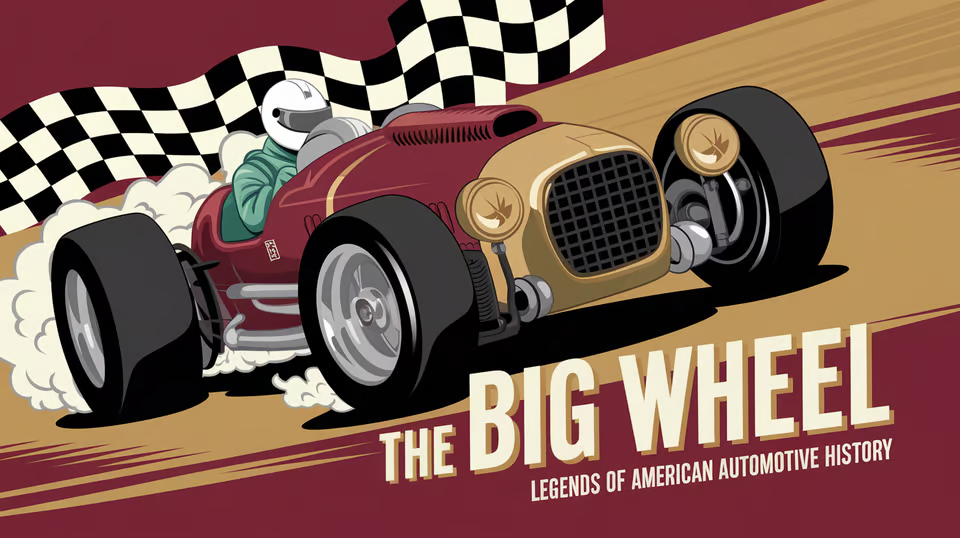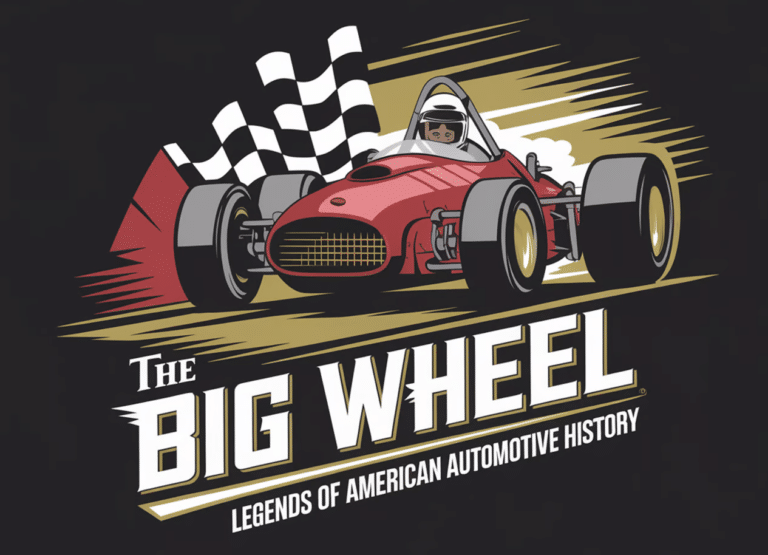Discover the Thrilling Allure of IndyCar Racing with Legends
**The Thrill of Indy Car Racing: A Closer Look at the Allure and Evolution**
Indy Car Racing has always drawn in motorsport fans from all corners of the world. It’s got a rich history, wild technological leaps, and a level of excitement that just never seems to fade.
This sport really showcases human creativity and our obsession with speed. Let’s dive into what makes Indy Car Racing so magnetic, from its early days to the cutting-edge tech that keeps us all hooked.
The Rich History of Indy Car Racing
Contents
Indy Car Racing started back in the early 1900s. The very first Indianapolis 500 in 1911 kicked things off and set the tone for what would become a legendary event.
Those early days? Full of innovation and some pretty fierce rivalries. Drivers and teams never stopped pushing the limits—always hungry for more speed and better engineering.
The Golden Era
People often call the mid-20th century the golden era of Indy Car Racing. This was when some of the most iconic drivers emerged and when the sport saw a wave of game-changing technology.
The 1960s and 1970s especially stand out. Speeds went up, the cars got a lot more advanced, and suddenly, millions of people were tuning in to watch the drama unfold on TV.
Technological Advancements
Honestly, one big reason Indy Car Racing keeps its edge is how it never shies away from new tech. Whether it’s tweaking aerodynamics or squeezing more power from engines, innovation is always front and center.
Engine and Chassis Development
Today’s Indy Cars are seriously impressive. Their engines crank out over 700 horsepower, all while sticking to some pretty strict rules.
The chassis? Made from tough but light stuff like carbon fiber, they’re designed for speed and safety. These improvements have made the cars faster and, thankfully, a lot safer for drivers.
Aerodynamics
Aerodynamics matter—a lot. Teams pour resources into research to cut drag and boost downforce, letting cars rip through corners at crazy speeds.
Wind tunnels and computer models are just part of the process now. Teams use them to fine-tune every detail, chasing that perfect balance between speed and control.
The Cultural Impact of Indy Car Racing
Indy Car Racing isn’t just a sport; it’s woven into culture. The Indianapolis 500, sometimes called *The Greatest Spectacle in Racing*, proves that point.
Every Memorial Day weekend, crowds pack the stands and millions watch from home. It’s become a real American tradition, representing not just competition but the drive to be the best.
Global Reach
Sure, the sport started in the U.S., but now it’s got fans everywhere. Races take place in different countries, and drivers come from all over the globe to compete.
This international vibe adds something special. It’s pretty cool to see people from all sorts of backgrounds united by their passion for racing.
The Future of Indy Car Racing
Looking ahead, it’s obvious Indy Car Racing isn’t standing still. The sport’s experimenting with new tech and fresh ideas to keep things interesting for longtime fans and to pull in new ones.
Hybrid engines and virtual reality? Those are just a couple of the things on the horizon. The next chapter for Indy Car Racing looks like it’ll be just as wild as what’s come before.
Hybrid and Electric Technologies
Sustainability is a big topic now, and racing isn’t ignoring it. Indy Car Racing is actively testing out hybrid and electric systems.
The goal is to cut down on environmental impact but still deliver the kind of performance fans expect. If these changes take hold, we might see a whole new era where speed and sustainability actually work together.
Fan Engagement
In today’s digital age, fan engagement matters more than ever. Indy Car Racing is tapping into social media, live streaming, and even virtual reality to bring fans right up to the action.
These platforms let people experience races in fresh, immersive ways. Whether it’s behind-the-scenes glimpses, interactive features, or real-time updates—there’s always something going on.
By jumping on these new technologies, Indy Car Racing keeps itself relevant and within reach for a new generation. Sometimes, it feels like the sport’s never been more accessible.
If you’re curious about what really makes Indy Car Racing so captivating, here’s a (https://www.cbsnews.com/video/the-allure-of-indy-car-racing/) that digs deeper into the magic behind it all.

